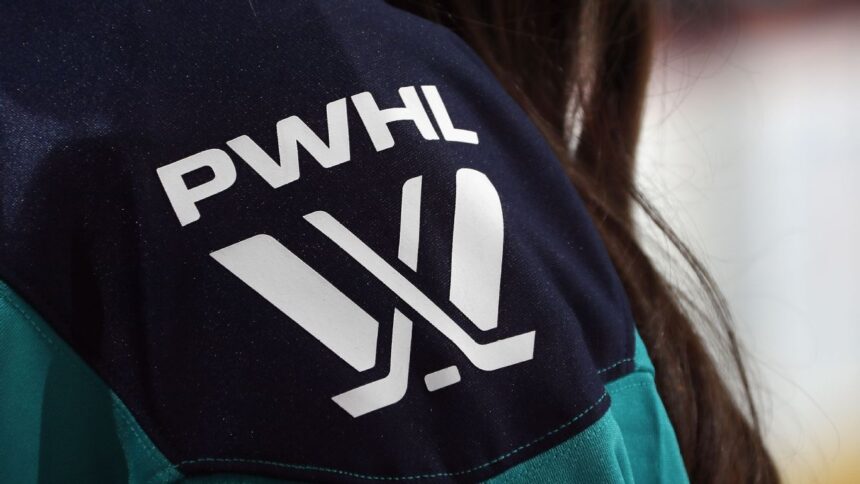The PWHL Envisions a Bright Future: Expansion and Profitability on the Horizon
The growth of the Professional Women’s Hockey League (PWHL) has been impressive in its first two years. Stan Kasten, a member of the league’s advisory board, has revealed an ambitious vision for the future, promising even greater development.
Kasten foresees further expansion in the coming years, including the incorporation of more teams in addition to the recent Vancouver and Seattle, with the aim of reaching eight franchises. The league plans to capitalize on the Milan 2026 Winter Olympics to expand its international reach and aims to obtain profits by 2031, the date on which the current collective bargaining agreement with its players expires.
By all measures, we are ahead of where we thought we would be. And we never thought we would be this niche league of six teams in the northeast of North America.
Stan Kasten
Kasten emphasized that the goal is to make the PWHL a renowned league, comparable to the main professional leagues. The objective is for the league to have a presence throughout the continent and, possibly, in other places.
Expansion Plans and Focus in Europe
Although not formally committed, Kasten mentioned the interest of important markets that were not included in this year’s expansion. The league will evaluate the incorporation of Vancouver and Seattle to determine the pace of the next phase of expansion, which could occur sooner than expected.
The PWHL is also focusing its efforts on Europe, coinciding with the Olympic Games. Exhibition games in Europe have been discussed in the next two years, as well as the creation of ties with European leagues for the development of players and even the possible formation of teams on the continent.
Europe is a big part of our future.
Stan Kasten
The international presence of the league during the Olympic Games will be a crucial step for its development.
Kasten attended the second game of the Walter Cup final, which is tied 1-1.
Increased Attendance and Financial Growth
The PWHL is finishing its second season, with an increase in attendance, revenue, sponsorships, and the number of goals scored, rising from 4.8 to 5.02 per game. Average attendance increased from 5,448 per game last year to 7,260, thanks in part to nine games at neutral venues that attracted 123,601 fans.
The league’s sponsorship revenue grew by 50%, and merchandise sales doubled, driven by the introduction of logos and nicknames for the six teams.
Kasten acknowledges the need to improve promotion and facilities in several markets. How fans will react to the loss of four players per team during the expansion process will also be addressed.
Kasten highlights the league’s achievements in the 23 months since its launch, financially backed by Mark Walter and Kimbra, with an investment of hundreds of millions of dollars. The initial attendance projection was 1,000 per game, and the league surpassed one million spectators, including the playoffs, in March.
I see that we are on a very clear upward path, capable of looking towards seasons in which we can begin to change course and be in the black.
Stan Kasten
Kasten expects the league to be profitable by 2031, which would allow for the expansion of the schedule and generate more revenue for the players and the league in general.










